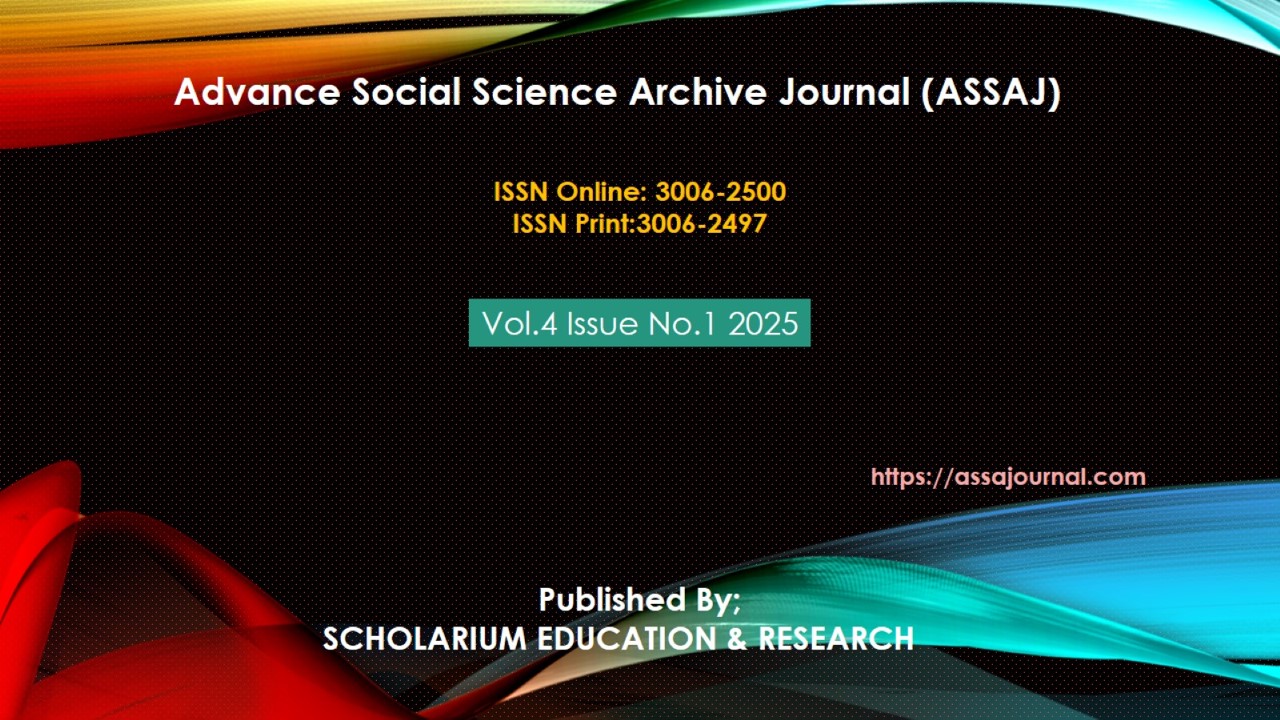Interlanguage Morphology and Subject–Verb Agreement Errors: An Error Analysis of Secondary School Learners in Tehsil Hazro
Abstract
The research investigates interlanguage morphology and subject–verb agreement (SVA) errors in English among secondary school learners in Tehsil Hazro, a linguistically diverse area of Attock District, Pakistan. English is taught as a compulsory subject in Pakistani schools, yet students’ performance often reflects grammatical errors, particularly in inflectional morphology and SVA. Focusing on interlanguage theory and the tradition of error analysis, this study examines the types, frequency, and possible sources of morphological and agreement errors in learners’ written and spoken English.
The data were collected from 120 students (grades 9–10) across public and private schools of tehsil Hazro through threes instruments: written compositions, guided translation tasks, and semi-structured oral interviews. The resulting material was coded for error types, focusing on SVA (e.g., omission of the third-person singular -s, agreement with plural subjects) and morphology (e.g., past tense marking, plural forms).
The analysis shows that SVA errors, particularly the omission of third-person singular -s, are the most frequent error type, followed by tense and plural marking errors. These patterns reflect both interlanguage developmental processes and negative transfer from local first languages such as Hindko, Punjabi, Pushto and Urdu, which differ significantly from English in inflectional marking and agreement rules. Learners with good skills and higher proficiency in English made fewer errors, while gender differences were insignificant.
This research work recommends for targeted teaching approach, including explicit instruction in inflectional morphology, special drills focusing on agreement structures and contrastive awareness activities to minimize L1 interference.
The findings can contribute to applied linguistics research in Pakistan by providing localized evidence of interlanguage error patterns, offering valuable implications for curriculum design, teacher training, and classroom pedagogy.
Key words: Interlanguage Morphology, Subject–Verb Agreement, Error Analysis, Grammatical Errors, L1 Transfer, Morphological Errors, English Proficiency, Applied Linguistics





